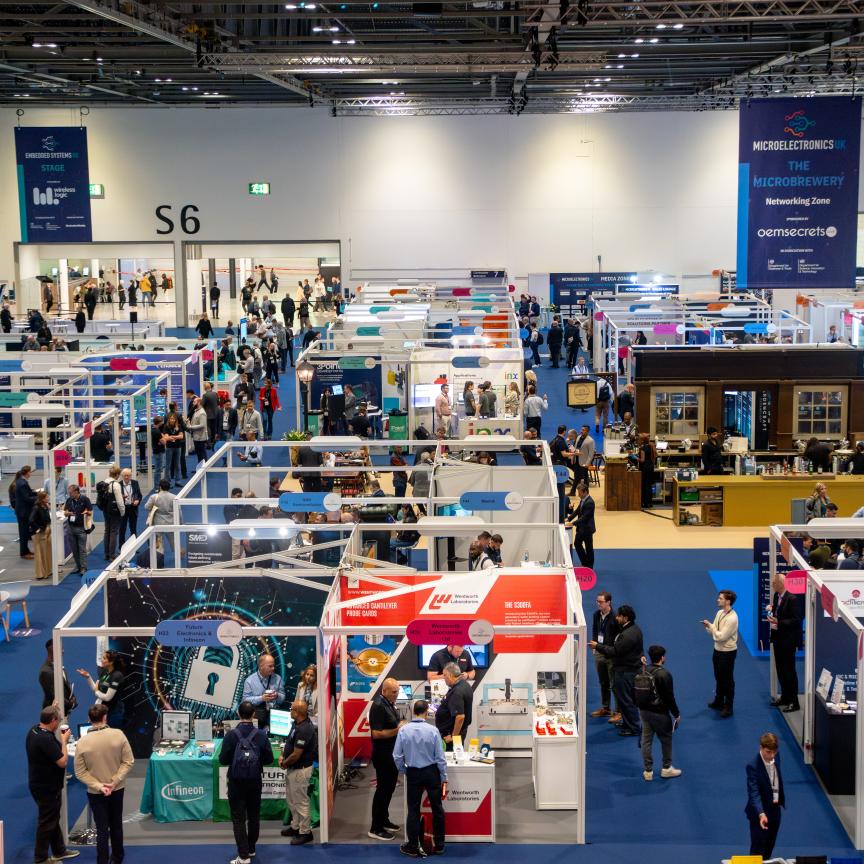Matthew Dale discovers a new podcast featuring scientists who have overcome adversity in their careers
You find yourself thousands of miles from home at a networking event, surrounded by strangers, feeling alienated. Networking can be a daunting task at the best of times, especially if you feel like you don’t fit in. But what the shared experiences of those telling their stories as part of an Optical Society (OSA) podcast on diversity show is that you ultimately get better science when people from diverse backgrounds come together.
In the OSA podcast on diversity, part of the new ‘We Are OSA’ series, photonics scientists and engineers shared their experiences working in science, and the difficulties they have faced.
‘It happened to me and I can remember almost shedding tears… there was a huge mountain to be crossed,’ said Timothy Imogore, a Nigerian doctoral student in ultrafast optics at the Institute of Applied Physics in Jena, Germany. His research focuses on developing novel fibre Bragg grating design and inscription processes, using femtosecond laser pulses for advanced dispersion control.
‘I’d introduce myself to new people saying, “Hi, how are you, my name is Timothy, I come from Nigeria”, to build a rapport with these people so that I could perhaps seek help, for example for a future group study,’ he continued. ‘While they would sound excited about our meeting at the time, I’d often find that the next day it was as if I’d never met them. So I had to do this over and over again.’
Síle Nic Chormaic, on the other hand – an Irish professor who studies the interaction of light in confined geometries with matter at the Okinawa Institute of Science and Technology Graduate University, Japan – has multiple times found herself the only woman in a room filled with men. ‘In my first year I went to a society annual dinner where the only other woman there was the local beauty queen handing awards to the men on the stage!’ she said. Nic Chormaic’s work covers optical nanofibre mediated interactions with cold atoms, optical trapping using tweezers and plasmonic surfaces, and whispering gallery resonators. She is also a team member of Homeward Bound – a global leadership initiative aimed at increasing the influence of women in decision-making that shapes the planet.
Dr Klaus Jäger, an Austrian senior scientist and deputy department head performing optical simulations for solar cells at the Helmholtz-Zentrum Berlin für Materialien und Energie, was faced with the same situation when he met someone new: ‘When it came to discussing private life, almost everybody would talk about their partner, husband, wife or children, and I, not being straight, would always feel a bit uncomfortable. Every time you’d meet a new person you’d have to come out to them, as they always assumed you’re straight.’
Besides his research activities, Jäger is engaged in science communications, mainly to discuss the climate crisis and solar energy potential. He also is a core team member of the network LGBTQ+ STEM Berlin.
Diversity boosts innovation
In addition to making everyone feel accepted and welcome, no matter their background, increasing diversity in industries such as photonics also presents numerous advantages. For example, Imogore finds that his colleagues from Italy can often provide a different perspective than those from Germany. ‘They make me look at things very differently,’ he explained. ‘Diversity therefore provides an advantage when it comes to innovation.’ In addition, he pointed out that when people get the opportunity to work and study in another country, they can later return to their home countries and share their knowledge and experience, which could educate and inspire others to do the same.
Jäger added that increasing the visibility of the diversity in optics and photonics is also very important to show the world how varied the industry is, and that the different profiles of people can make research more successful.
Nic Chormaic remarked: ‘You really get to see the abilities of people that may not have had the same opportunities in their home countries, they can really shine when they are suddenly given an opportunity.’
The good news is that recently there has been a concerted effort made by OSA and the wider photonics community to address exclusions of the past and work towards inclusivity.
‘When I started working in science I felt quite insecure for many years,’ said Jäger. ‘I had the feeling that my gay identity would be something that’s apart from my professional identity, and should not be disclosed so openly. So I was very happy when only a few years ago suddenly these issues and topics were addressed at conferences. And so I suggested whether we could start doing LGBTQ+ meetups there. Last year we had an online LGBTQ+ meeting in the conference where people could come together and discuss these issues.’
Imogore said: ‘One of the things that I really appreciated and was impressed by when I came to Germany, was that I was not only welcomed on a good scholarship, but that I was provided with a lot of training to help me understand what I would be facing. I’ve also seen enthusiasm from different lecturers to go the extra mile to answer questions for students from different backgrounds.’
Nic Chormaic added: ‘Within the last 10 years I remember an OSA event where they were honouring fellows, and almost none of those being honoured were women. I got pretty annoyed by this as every one of the 20 to 30 people on the stage were men. I thought, “OK, we clearly have a problem here”, so now I make sure to nominate my own young female researchers and colleagues. It’s definitely improving now, when I look at those becoming fellows each year. Certainly with conferences over the past couple of years, I’ve seen that there’s a lot more effort to have female representation. Again, it all comes down to visibility.’
What more can be done?
Even though progress has been made towards improving diversity in photonics and its visibility, it’s clear to each of the scientists that there’s still a way to go, for both OSA and the wider photonics community.
‘I saw a photo recently of a research group in Germany, there were around 16 people in the photo and they all looked so identical, it was like looking at clones,’ said Nic Chormaic. ‘I found it amazing that there are still images like this around the world.
‘Looking at our university’s research groups, they are so diverse in every way, which is why looking at such a uniform group is so strange to me.’ Nic Chormaic’s university has a diverse student body of around 60 nationalities, with the institute actively trying to avoid having a dominant nationality.
For Nic Chormaic then, it is important that people look at the demographic in which they are working and ask: ‘What is not prevalent in this demographic? What should we work on, what is needed?’, and then actively work to address this.
For Jäger, increasing visibility further would go a long way. ‘When I started studying physics I had the feeling that being gay wasn’t an issue,’ he said. ‘But only looking retrospectively do I realise that I didn’t have any role models. It would have really made things easier for me if there were more role models earlier on. I felt quite alone as a physics student. I think increasing visibility further could therefore help. Maybe have a page in OSA’s Optics & Photonics News on openly LGBTQ+ scientists. It would also be a good step to include transgendar and non-binary people more naturally, for example adding pronouns to nametags at soceity events.’
Considering the opportunities available to young people across the world, Imogore added: ‘I feel there could be further improvements when it comes to offering financial support to students in developing countries, for example those in Kenya, Nigeria and Ghana. We could put in programmes that enable these students to have some kind of international experience, especially when they have an interest in optics and photonics.’
Each of these three photonics scientists is highly committed to strengthening their fields. They believe that to solve complex global problems, the best thinking is needed from diverse, talented scientists and engineers, which comes when people feel visible and comfortable to be their true and authentic selves.
This podcast and more from the We Are OSA series can be found at: www.osa.org/en-us/about_osa/we_are_osa


